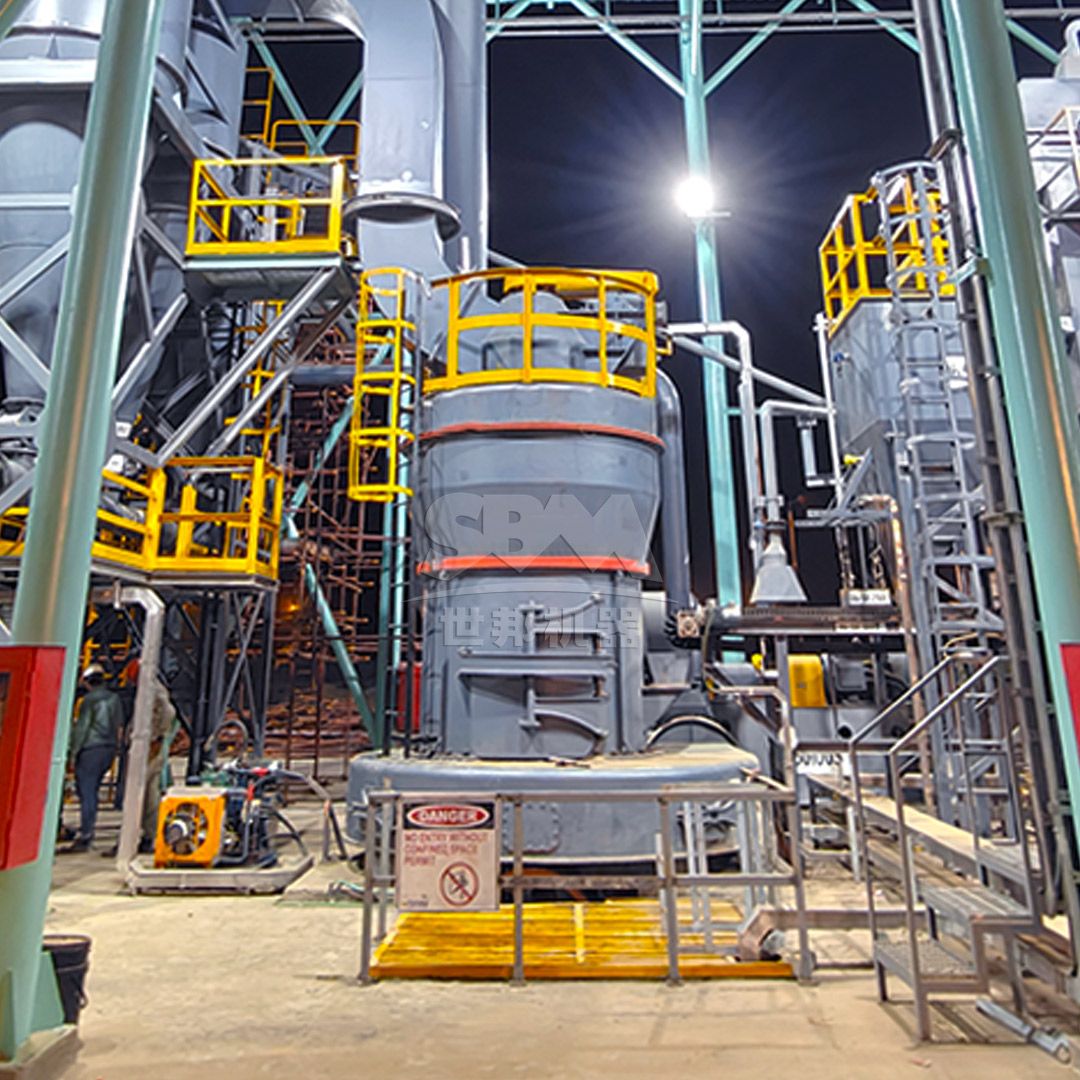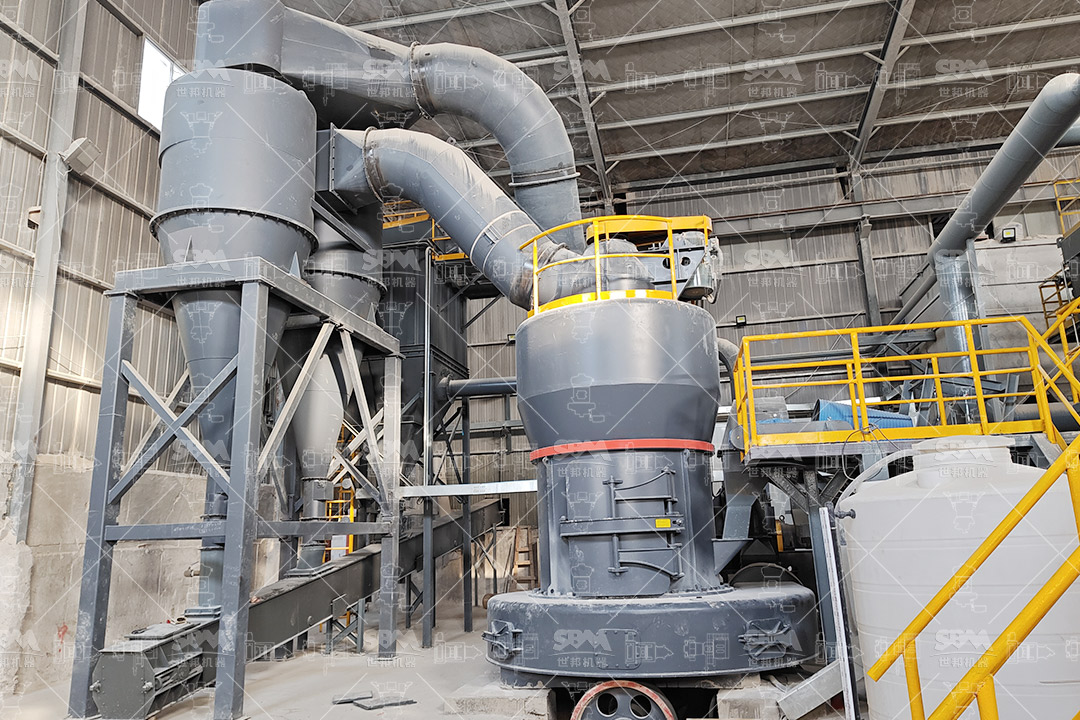The selection of an appropriate superfine mill is a critical decision in specialty chemical processing, where particle size distribution, purity, and production efficiency directly impact product quality and operational economics. With numerous milling technologies available, understanding the key technical and operational parameters becomes essential for optimizing both process performance and return on investment. This article explores the fundamental factors that should guide the selection process for superfine milling equipment in specialty chemical applications.

The primary consideration in mill selection is the target particle size distribution. Specialty chemicals often require precisely controlled fineness with narrow distribution curves. For applications demanding ultra-fine powders in the range of 325-2500 mesh (D97 ≤5μm), advanced milling technologies with integrated classification systems are essential. The ability to consistently produce and maintain specific particle sizes directly affects product performance characteristics such as dissolution rates, reactivity, and suspension stability.
Production requirements must align with mill capacity across the entire operational range. While maximum throughput is important, the ability to maintain consistent performance at various production rates is equally critical. Mills should offer flexibility to handle batch variations without compromising product quality. For continuous processes, stability across extended operation periods becomes a decisive factor.
| Application Type | Typical Fineness Range | Production Scale | Recommended Technology |
|---|---|---|---|
| Pharmaceutical Intermediates | D90 < 10μm | 0.5-5 ton/h | Ultrafine Mills with Precision Classification |
| Advanced Pigments | 325-2500 mesh | 1-15 ton/h | Vertical Roller Mills with Integrated Separation |
| Electronic Chemicals | D97 ≤ 5μm | 0.5-8 ton/h | Ultrafine Grinding Systems |
| Catalyst Carriers | 400-1500 mesh | 2-25 ton/h | Multi-stage Milling Systems |
The physical and chemical properties of the feedstock significantly influence mill selection. Key material considerations include hardness (Mohs scale), moisture content, abrasiveness, and thermal sensitivity. For heat-sensitive specialty chemicals, mills with efficient cooling systems or low heat generation characteristics are mandatory. Similarly, materials with high abrasion potential require specialized wear-resistant components to maintain operational efficiency and reduce maintenance frequency.
Power consumption represents a substantial portion of operating costs in fine grinding operations. Advanced milling technologies can offer significant energy savings compared to conventional systems. For instance, modern ultrafine mills can achieve up to 30% reduction in specific energy consumption while doubling the output capacity compared to traditional jet mills. The integration of intelligent control systems further optimizes energy usage by automatically adjusting operational parameters based on real-time process conditions.
Downtime for maintenance directly impacts production continuity and operational costs. Mills designed with durable components and accessible maintenance points reduce both the frequency and duration of service interruptions. Specialized wear parts, such as hardened grinding elements and abrasion-resistant liners, can extend service intervals by several times compared to standard components.

Modern chemical processing facilities must adhere to stringent environmental regulations regarding dust emissions and noise levels. Advanced milling systems incorporate pulse-jet dust collectors with filtration efficiency exceeding international standards, ensuring dust emissions remain below 20mg/m³. Additionally, acoustic insulation and vibration damping technologies can reduce operational noise to ≤75dB, creating safer working environments and minimizing environmental impact.
For applications requiring the finest particle sizes with narrow distribution, specialized ultrafine mills offer distinct advantages. The SCM Ultrafine Mill series represents this category with its ability to produce powders in the range of 325-2500 mesh (D97 ≤5μm). This technology employs vertical turbine classifiers that enable precise particle size control without coarse powder contamination. The unique grinding chamber design, featuring bearing-free screw structures, ensures stable operation and consistent product quality. With capacity ranging from 0.5 to 25 tons per hour across different models, these systems provide scalability for various production requirements while maintaining energy efficiency that is 30% better than conventional jet milling systems.
Vertical roller mills offer excellent solutions for medium to high capacity operations requiring fineness between 30-325 mesh. The LM Series Vertical Roller Mill exemplifies this technology with its compact design that integrates multiple functions including grinding, drying, and classification in a single unit. This integration reduces footprint requirements by up to 50% compared to traditional systems while lowering foundation costs by 40%. The non-contact grinding roller design extends wear part life up to three times, significantly reducing operating costs. With capacity ranging from 3 to 250 tons per hour, these mills suit various production scales while maintaining energy consumption 30-40% lower than ball mill systems.
Beyond the initial investment, a comprehensive economic evaluation should consider the total cost of ownership, including energy consumption, maintenance, wear part replacement, and operational labor. Advanced milling systems with higher initial costs may offer superior economics through reduced operating expenses. For example, mills with intelligent control systems can optimize grinding parameters in real-time, reducing specific energy consumption while maintaining product quality.
| Cost Component | Traditional Ball Mill | Advanced Ultrafine Mill | Vertical Roller Mill |
|---|---|---|---|
| Energy Consumption (kWh/t) | 45-60 | 25-35 | 28-40 |
| Wear Parts Life (hours) | 2,000-3,000 | 6,000-8,000 | 8,000-10,000 |
| Maintenance Frequency | Monthly | Quarterly | Quarterly |
| Operator Requirement | Constant monitoring | Automated operation | Semi-automated |
The payback period for advanced milling equipment typically ranges from 12 to 36 months, depending on production volume and operational parameters. Factors influencing ROI include energy savings, reduced maintenance costs, improved product quality enabling premium pricing, and increased production capacity. For specialty chemical producers, the ability to consistently meet stringent customer specifications can justify investment in higher-capability milling systems.
Selecting milling equipment that can accommodate future production increases and product diversification provides long-term strategic advantages. Modular designs that allow for capacity expansion without complete system replacement offer significant flexibility. Similarly, mills capable of processing multiple material types with quick changeover capabilities support product portfolio expansion without major capital investment.
Modern milling systems increasingly incorporate Industry 4.0 technologies, including remote monitoring, predictive maintenance, and data analytics. These capabilities enable proactive maintenance scheduling, reduce unplanned downtime, and optimize operational parameters based on historical performance data. When evaluating milling equipment, the availability of such digital features should be considered as they contribute significantly to long-term operational efficiency.

Selecting the appropriate superfine mill for specialty chemical processing requires careful consideration of multiple technical, operational, and economic factors. The ideal equipment should not only meet current production requirements but also provide flexibility for future needs while maintaining cost-effectiveness throughout its operational life. Technologies such as the SCM Ultrafine Mill for applications requiring the finest particle sizes and the LM Series Vertical Roller Mill for medium-fineness high-capacity operations represent advanced solutions that address the specific challenges of specialty chemical production. By thoroughly evaluating all relevant factors and considering both immediate and long-term requirements, chemical processors can make informed decisions that optimize their milling operations for years to come.